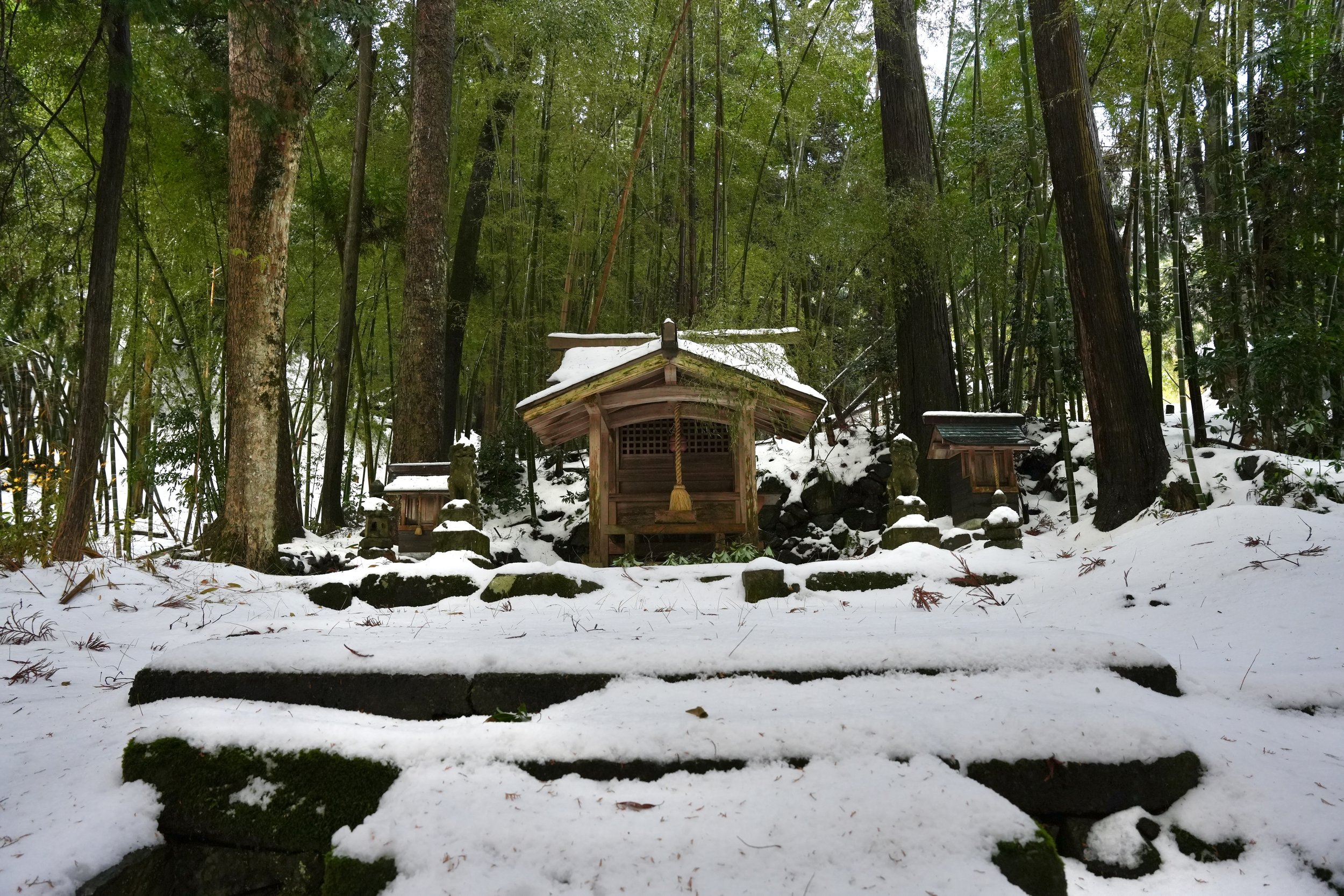Kumano Shrine
Kumano shrines can be found across Japan and trace their origins to the sacred Kumano region in Wakayama Prefecture, home to the Kumano Sanzan—a triad of shrines comprising Kumano Hongu Taisha, Kumano Nachi Taisha, and Kumano Hayatama Taisha. These shrines are deeply rooted in Japan's spiritual and cultural history, blending Shinto and Buddhist traditions.
‘Kuma’ means "bear" in Japanese, symbolizing strength, endurance, and the wilderness while‘ No’ means "field" or "wilderness," representing natural landscapes. Together, Kumano can be interpreted as "bear wilderness" or "sacred wildland," reflecting the untamed beauty and spiritual essence of the region.
According to the records of Wakasa Province, Kumano Shrine enshrines Amida, a celestial Buddha in Mahayana Buddhism. Amida.
Tips for visiting a shrine in Japan
When visiting a shrine in Japan, dress modestly and bow at the tori gate to show respect as you enter. Take a moment at the temizuya to rinse your hands and mouth as a simple purification ritual. At the offering box, toss in a small coin (like a 5-yen coin for good luck), bow twice, clap twice, and bow once more before making your wish or prayer. Feel free to explore the serene grounds, write a wish on an ema plaque, draw a fortune slip (omikuji), or collect a goshuin stamp as a keepsake. If there's a festival happening, enjoy the lively atmosphere, and remember to bow at the gate on your way out to complete your visit.





